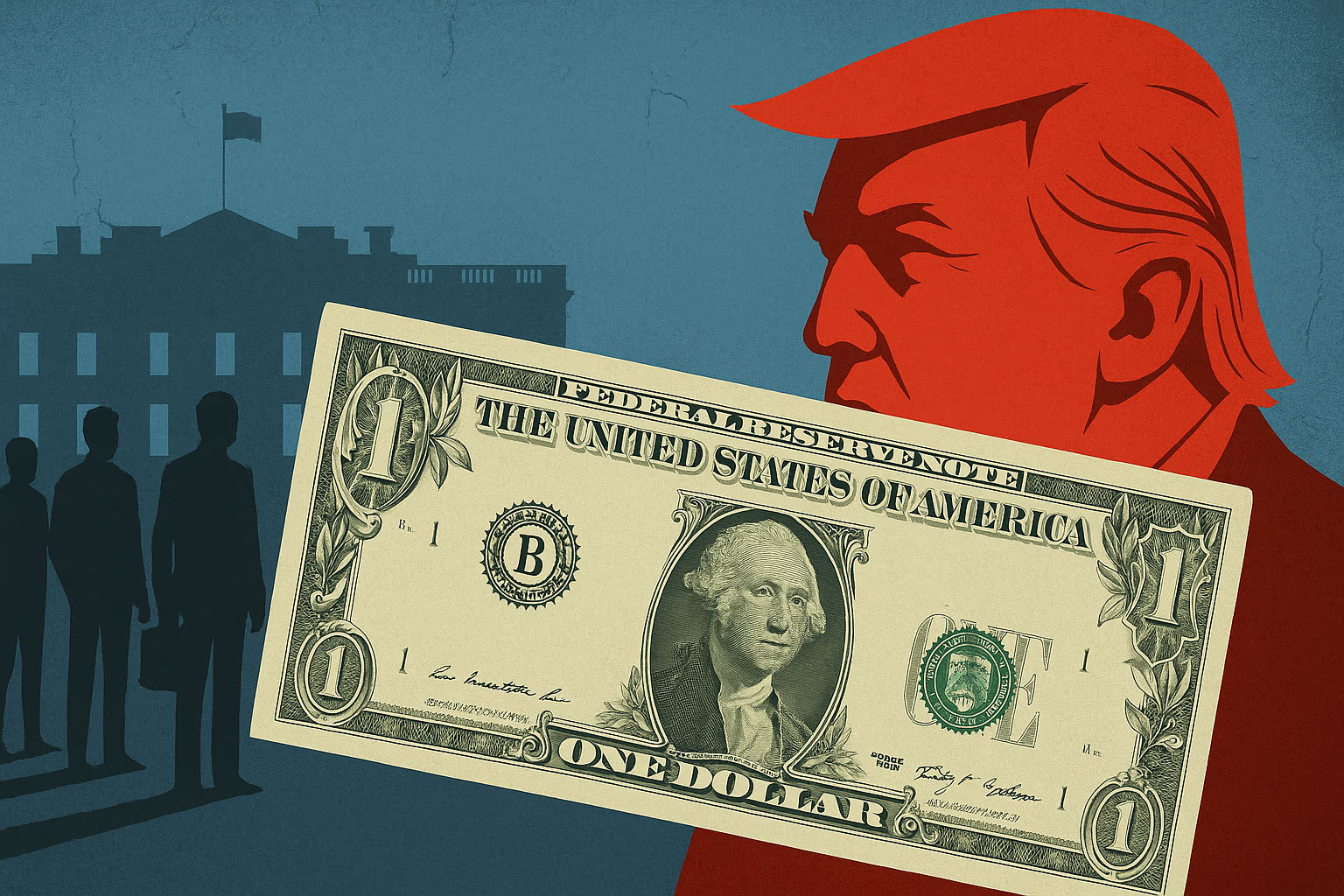When Donald Trump launched his tariff war against China and U.S. allies, he promised to restore fairness and protect American industry. But rather than delivering a coherent strategy, U.S. trade policy devolved into a chaotic sequence of decisions—marked by loud social media pronouncements, legal skirmishes, and the absence of any long-term direction. Years later, the consequences of this approach are now fully visible: international courts are suspending tariff measures, economists are reporting heightened uncertainty, and businesses are left without a compass. Against this backdrop, even the visit of a European delegation to Washington seems more like an attempt to negotiate with a partner who no longer knows what rules will apply tomorrow.
The global trade system now finds itself in a state where a single post on Truth Social—or a court ruling—can fundamentally alter the rules of the game. The situation is unprecedented: the world economy has never faced such levels of uncertainty. Ongoing legal disputes over tariffs are injecting further chaos into an already unstable environment. Businesses are unsure how much it will cost to import goods into the U.S.; foreign governments see the turmoil as leverage that could stall negotiations for months; and billions in expected tariff revenue—meant to partially offset Trump’s tax cuts—are now at risk of vanishing.
"One day, a shipment makes economic sense; the next, it doesn’t," a port official told Axios. Companies were expected to rush goods into the U.S. to take advantage of the tariff pause, easing supply shortages and price pressures on consumers. But that scenario proved premature. Late Wednesday, the U.S. Court of International Trade unexpectedly suspended large portions of tariffs imposed under the Trump administration. Just a day later, the Federal Circuit Court ruled that the tariffs could remain in place temporarily while arguments are reviewed.
"As the courts take on an increasingly central role in determining the future of Trump’s tariff policy, uncertainty becomes more entrenched—dragging down business activity and long-term consumer spending," noted Bernard Yaros, an economist at Oxford Economics, in a recent briefing.
The tension deepened as a European trade delegation arrived in Washington. The U.S. tariffs had forced the EU to return to the negotiating table, but now those same tariffs could be declared illegal. "There’s little point in negotiating over something that could be nullified tomorrow," said Bernd Lange, a key member of the European Parliament and head of the delegation. Just minutes before the court announced the temporary suspension, he added, "I believe we now have a stronger negotiating position." Since Trump took office, Lange has started waking up half an hour earlier to catch up on U.S. news—and now follows Truth Social.
Yet the threat of high tariffs remains. The Trump administration can still invoke the same legal justifications previously used to impose duties on steel, aluminum, and automobiles. These measures require additional procedures, but Commerce Secretary Howard Latnik has said he is operating in "Trump mode"—meaning as quickly as possible. While the court acknowledged that presidential authority over tariffs is not unlimited, it left open the possibility of selectively applying such measures. This was confirmed by Ilya Somin, who represented small businesses in the case.
All of this is unfolding against a backdrop of already record-high economic uncertainty. And now that uncertainty has deepened even further.
Economy Without a Manual

The U.S. Is Losing Investor Confidence—But the Dollar Remains Irreplaceable
Trump’s Policies Undermine the Foundations of the Global Financial Order, Yet the Dollar Still Has No Real Rivals

A Tariff Truce That Solves Nothing
The US and China Lowered Mutual Tariffs to 30% and 10% for Just 90 Days—Markets Breathed, but Politics, Elections, and Structural Tensions Remain

Who Invented Trump’s Tariff Policy That Shook Global Markets?
Meet Peter Navarro

When Protectionism Backfires on the US
Why German Businesses Are Pulling Back Investment and Losing Faith in the American Market

The Real Economy Is Out of Sight
Without Rethinking Data on Supply Chains, Digital Services, and Vulnerabilities, Decisions Are Made Blindly

